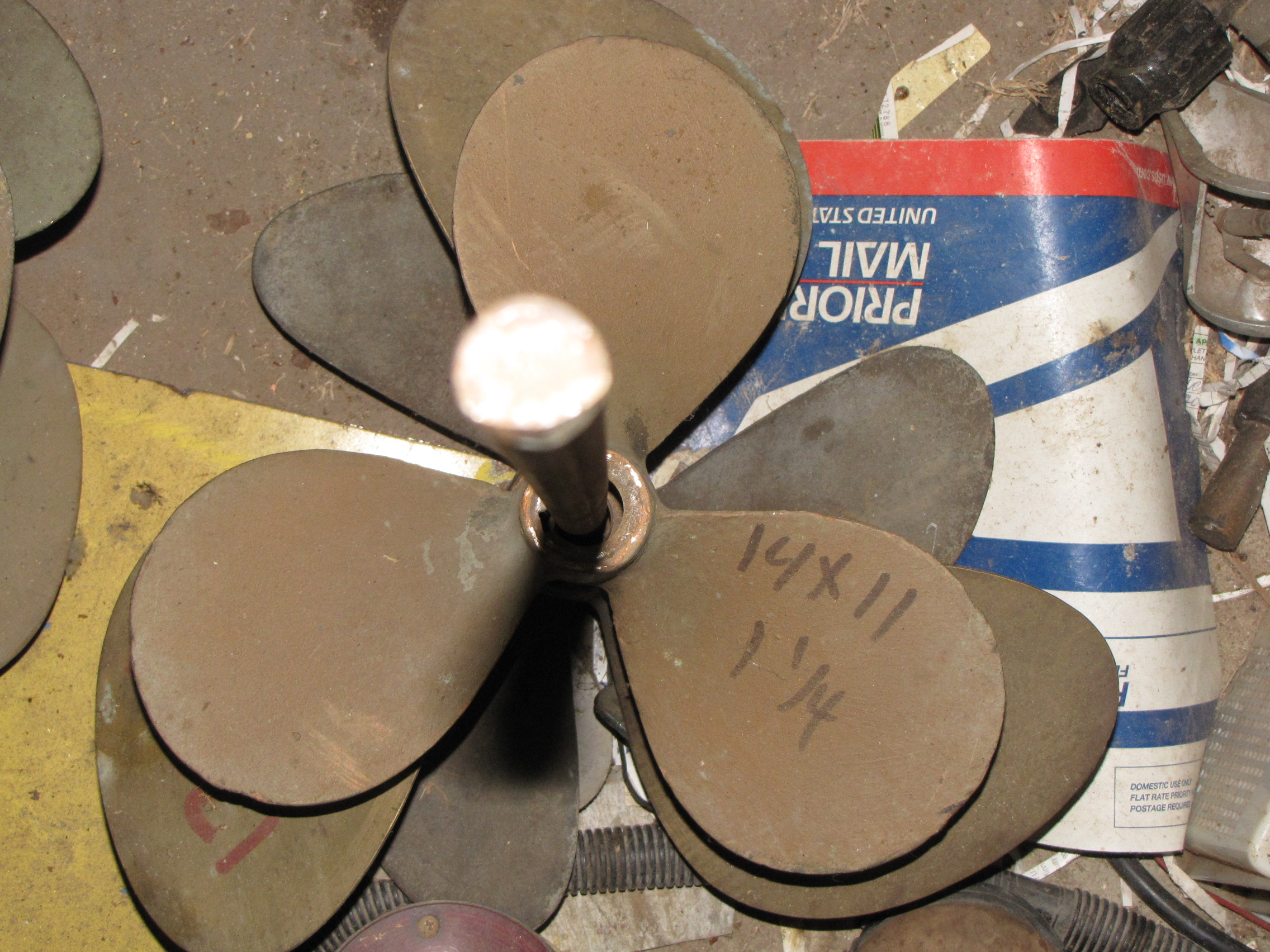

On the night of September 6, 1776, Sergeant Ezra Lee piloted Turtle in an attack on HMS Eagle in New York Harbor. Bushnell's brother Ezra Bushnell and ship's carpenter and clock maker Phineas Pratt constructed the hull in Saybrook, Connecticut. One of the first practical and applied uses of a propeller was on a submarine dubbed Turtle which was designed in New Haven, Connecticut, in 1775 by Yale student and inventor David Bushnell, with the help of clock maker, engraver, and brass foundryman Isaac Doolittle. In 1771, steam-engine inventor James Watt in a private letter suggested using "spiral oars" to propel boats, although he did not use them with his steam engines, or ever implement the idea. At about the same time, the French mathematician Alexis-Jean-Pierre Paucton suggested a water propulsion system based on the Archimedean screw. In 1752, the Academie des Sciences in Paris granted Burnelli a prize for a design of a propeller-wheel. In 1693 a Frenchman by the name of Du Quet invented a screw propeller which was tried in 1693 but later abandoned. Robert Hooke in 1681 designed a horizontal watermill which was remarkably similar to the Kirsten-Boeing vertical axis propeller designed almost two and a half centuries later in 1928 two years later Hooke modified the design to provide motive power for ships through water. In 1661, Toogood and Hays proposed using screws for waterjet propulsion, though not as a propeller. Later, Leonardo da Vinci adopted the screw principle to drive his theoretical helicopter, sketches of which involved a large canvas screw overhead. A flying toy, the bamboo-copter, was enjoyed in China beginning around 320 AD. It was probably an application of spiral movement in space (spirals were a special study of Archimedes) to a hollow segmented water-wheel used for irrigation by Egyptians for centuries.


The origin of the screw propeller starts at least as early as Archimedes (c. 287 – c. 212 BC), who used a screw to lift water for irrigation and bailing boats, so famously that it became known as Archimedes' screw. Propellers can have a single blade, but in practice there are nearly always more than one so as to balance the forces involved. The innovation introduced with the screw propeller was the extension of that arc through more than 360° by attaching the blade to a rotating shaft. In sculling, a single blade is moved through an arc, from side to side taking care to keep presenting the blade to the water at the effective angle. The principle employed in using a screw propeller is derived from sculling. Most marine propellers are screw propellers with helical blades rotating on a propeller shaft with an approximately horizontal axis. The blades are shaped so that their rotational motion through the fluid causes a pressure difference between the two surfaces of the blade by Bernoulli's principle which exerts force on the fluid. Propellers are used to pump fluid through a pipe or duct, or to create thrust to propel a boat through water or an aircraft through air. A 'right-handed' propeller on a merchant vessel, which rotates clockwise to propel the ship forward Propeller of Pratt & Whitney Canada PW100 turboprop mounted on Bombardier Q400Ī propeller (colloquially often called a screw if on a ship or an airscrew if on an aircraft) is a device with a rotating hub and radiating blades that are set at a pitch to form a helical spiral which, when rotated, exerts linear thrust upon a working fluid such as water or air. For other uses, see Propeller (disambiguation). Assume that all 3 adult men, weight about 250 lbs and my daughter is about 150 if that helps in your feedback.For aircraft propellers, see Propeller (aeronautics). Would you recommend that I retest Prop 1 and look at the RPMs, or just choose a 14 pitch prop and be done with it? It looks like I need something in the middle. Of course, we would not leave it at that level for longer than the test. Test 1: My daughter and I on a calm lake, the boat would plane very easily, but the top speed was only 17 MPH and the RPMs would exceed 8,000 at WOT. It seemed that my 6.5 kicker pushed the boat as fast as my 50 HP! Test 2: My 'friend', his friend, and me, slightly choppy lake and the boat would not get up on plane. Test 1: My wife and I, calm day, very light tail wind, boat was slow to get up on plane and would run 22 MPH WOT (again, not sure of RPM) here. Ran it 2 times (both without the Tach configured, I know that I need to retest with the Tach but wanted to float this out to the forum for your thoughts and input). I've tried both with totally different results and think I may need something in the middle. I bought this boat from a 'friend' ('74 Avenger 16.5' with '74 Johnson 50 HP (re-homed to this boat)) and it included 2 props.


 0 kommentar(er)
0 kommentar(er)
